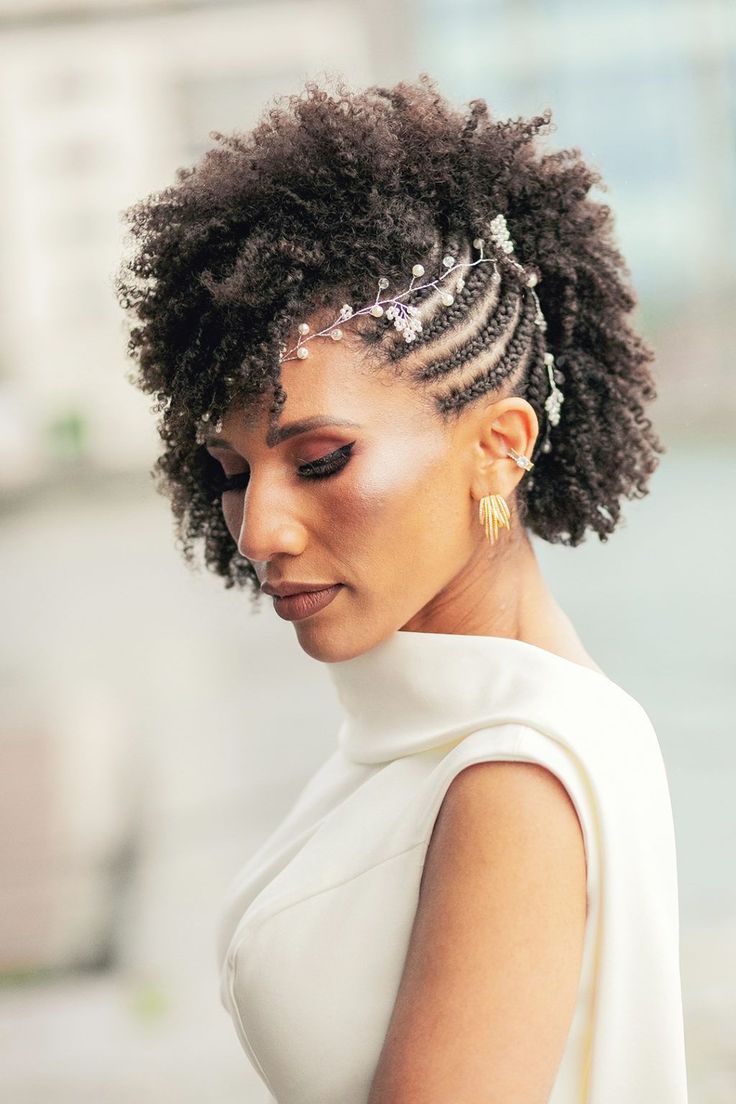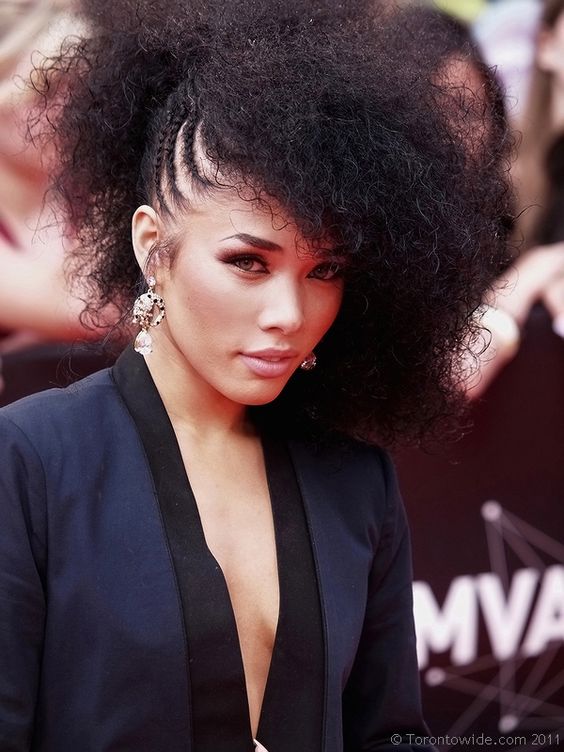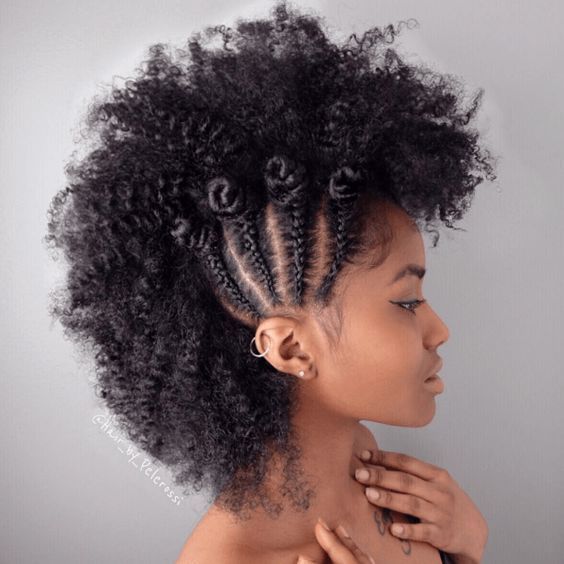Natural African Hairstyles For 1-Year-Old Baby Girls
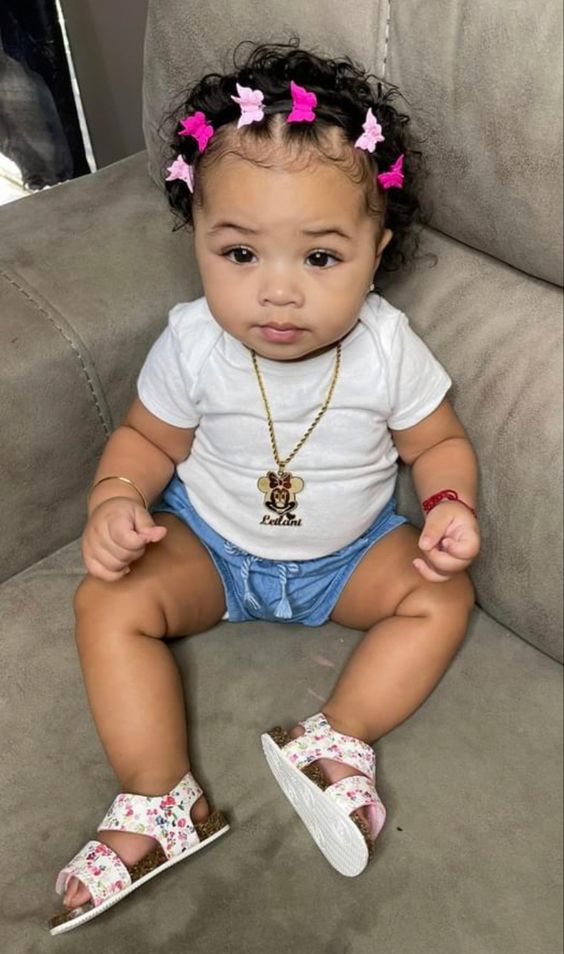
Knowing what to do with your infant’s natural hair is one of the many tasks involved on your to-do list as the parent of a one-year-old girl. With some little girls being tender-headed and others refusing to sit still for anything over ten minutes, it can be very confusing to figure out what style you can make on a one-year-old.
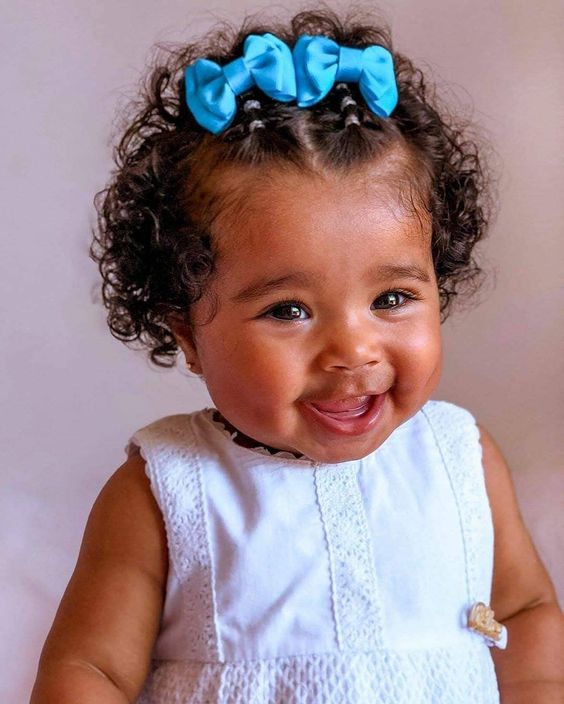 Thankfully, we’re here to save you all that stress. Up ahead, we’ve put together some of the best natural african hairstyles for black and brown one-year-old girls. Even if you’re not a pro at making hair, don’t worry there are many easy options for you to choose from.
Thankfully, we’re here to save you all that stress. Up ahead, we’ve put together some of the best natural african hairstyles for black and brown one-year-old girls. Even if you’re not a pro at making hair, don’t worry there are many easy options for you to choose from.
Can A 1-Year-Old Get Braids?
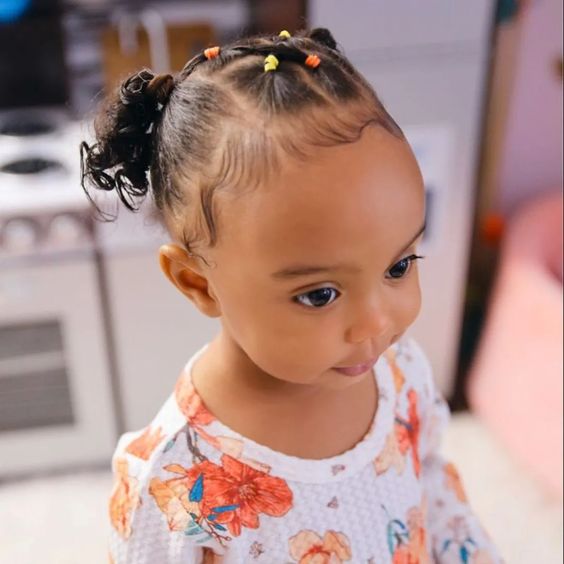 One-year-olds have very tender scalps, and although you can braid their hair into cornrow styles, it is not advisable to let them get styles like box braids with extensions. Those intricate braid styles tend to put a lot of tension on the hair and can cause breakage.
One-year-olds have very tender scalps, and although you can braid their hair into cornrow styles, it is not advisable to let them get styles like box braids with extensions. Those intricate braid styles tend to put a lot of tension on the hair and can cause breakage.
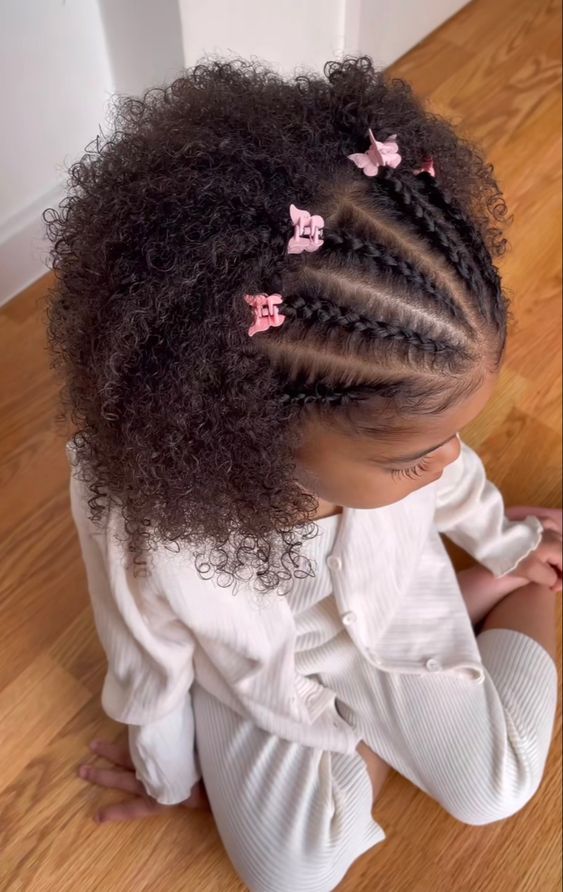 Braids are also sometimes not the most comfortable to install, so your baby is more than likely to cry and hate every minute of the installation process. If you want to braid your one-year-old’s hair, opt for cornrows and three-strand plaits that are not too tight.
Braids are also sometimes not the most comfortable to install, so your baby is more than likely to cry and hate every minute of the installation process. If you want to braid your one-year-old’s hair, opt for cornrows and three-strand plaits that are not too tight.
Can I Put Bead In My 1-Year-Old’s Hair?
You can absolutely put beads in your one-year-old’s hair. However, you need to make sure they are securely held in place with a rubber band to avoid them falling off or having a hazardous situation where your baby puts them in her mouth.
How Do I Get My 1-Year-Old Baby’s Hair To Grow?
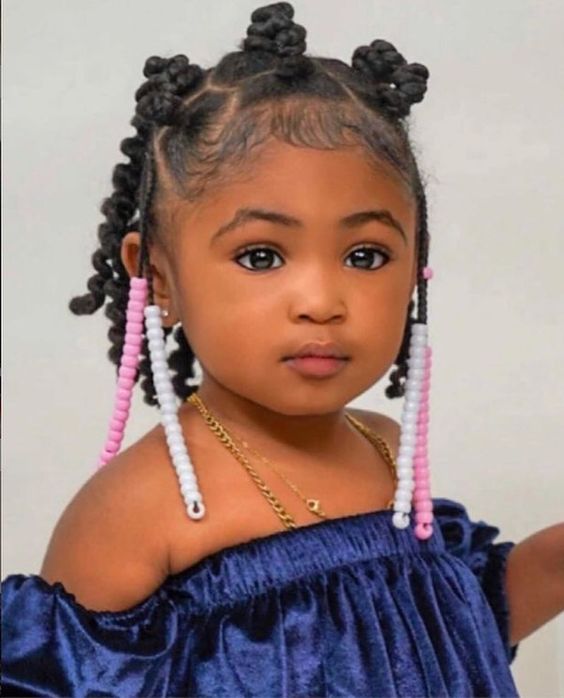 At one year old, most children’s hair is still in the growing phase so there isn’t much you can do to change that, and it is best just to let their hair do its own thing. However, if you’d like to facilitate their hair growth, the best thing you can do ensuring they have a healthy diet that will give their body the right nutrients for hair growth.
At one year old, most children’s hair is still in the growing phase so there isn’t much you can do to change that, and it is best just to let their hair do its own thing. However, if you’d like to facilitate their hair growth, the best thing you can do ensuring they have a healthy diet that will give their body the right nutrients for hair growth.
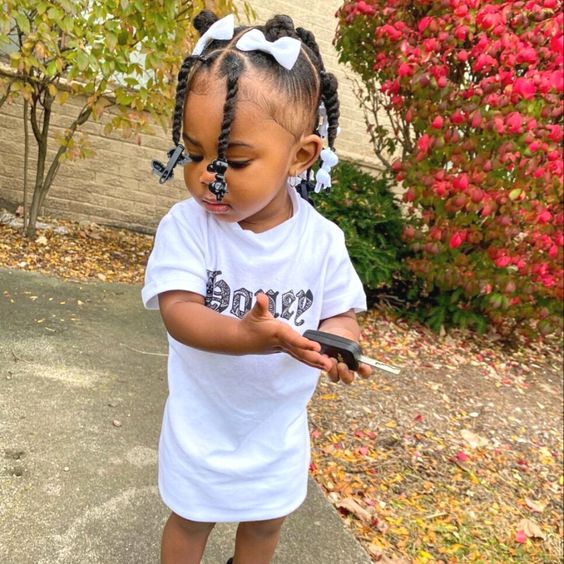 You also need to ensure their hair is properly moisturized and protected from damage. This means avoiding any tight protective style that puts pressure on their scalp and covering their hair with a silk or satin bonnet before they go to bed to prevent dryness. However, as most kids tend to take off the bonnet while they sleep, a silk or sating pillowcase may be a better choice
You also need to ensure their hair is properly moisturized and protected from damage. This means avoiding any tight protective style that puts pressure on their scalp and covering their hair with a silk or satin bonnet before they go to bed to prevent dryness. However, as most kids tend to take off the bonnet while they sleep, a silk or sating pillowcase may be a better choice
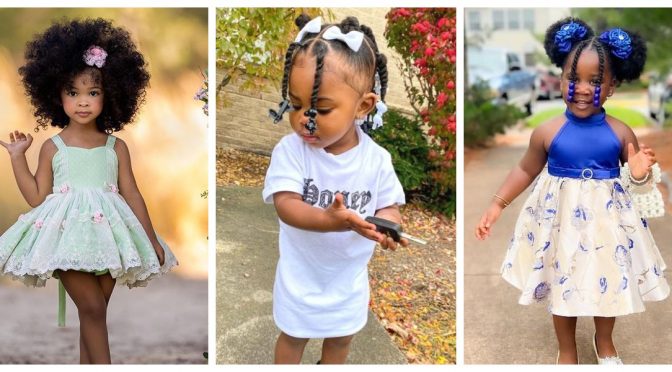
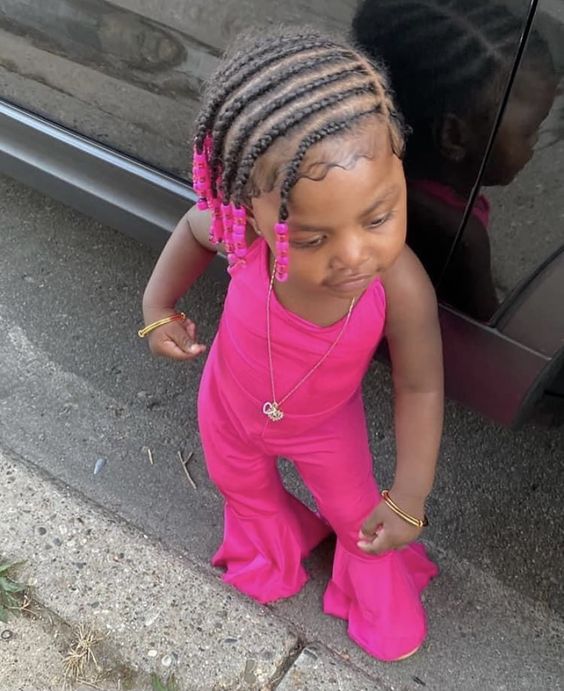
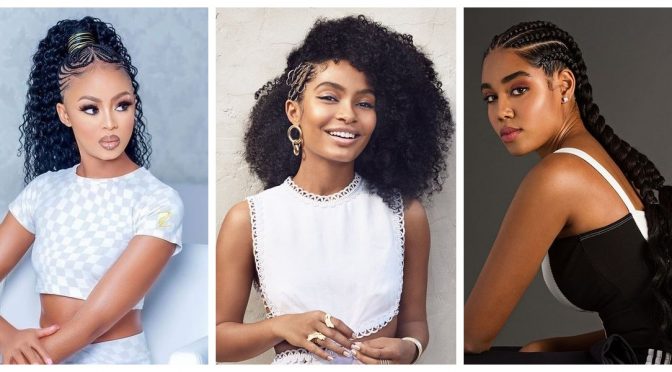
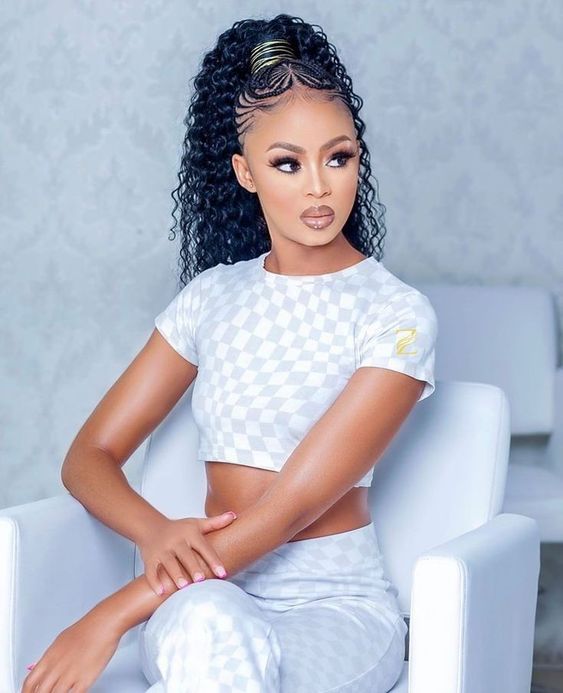 Do Protective Hairstyles Help
Do Protective Hairstyles Help 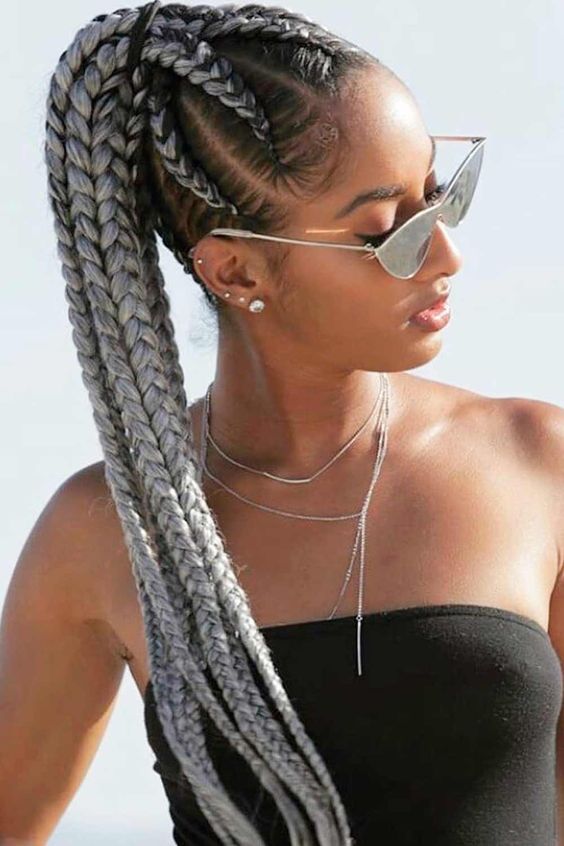
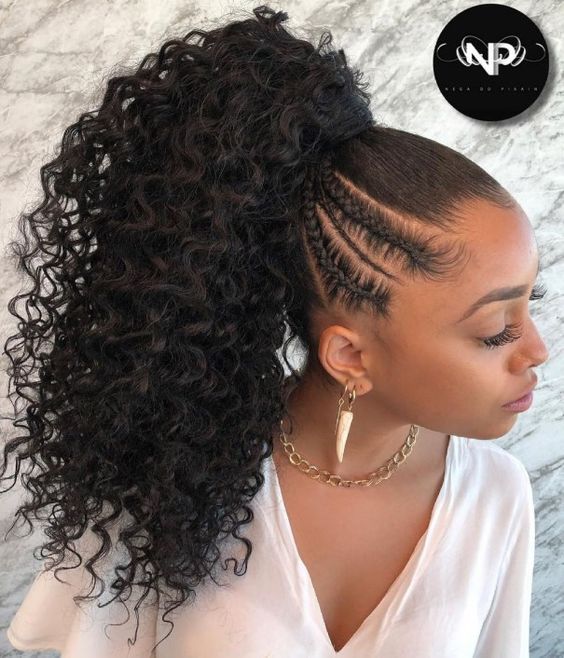
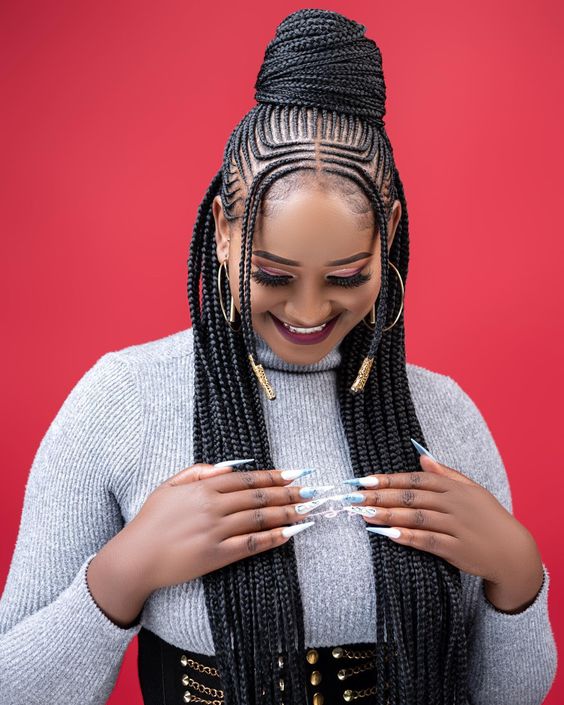
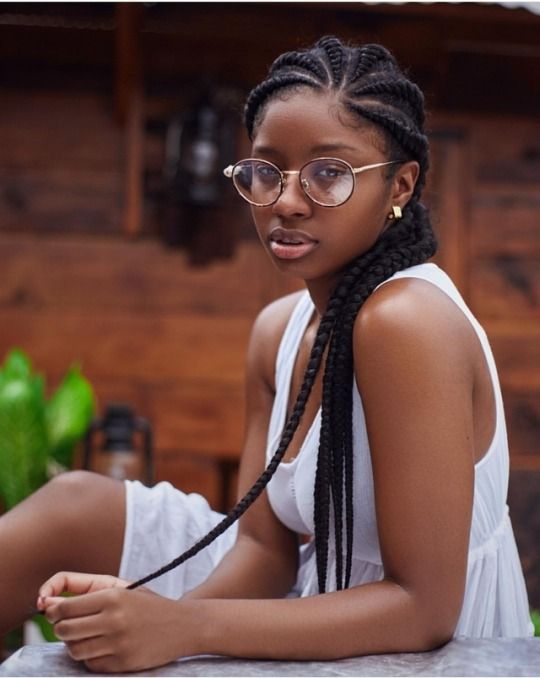
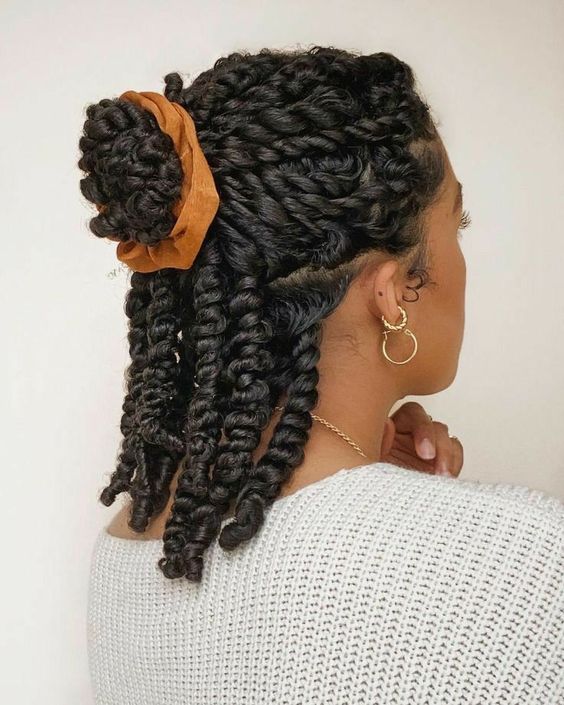
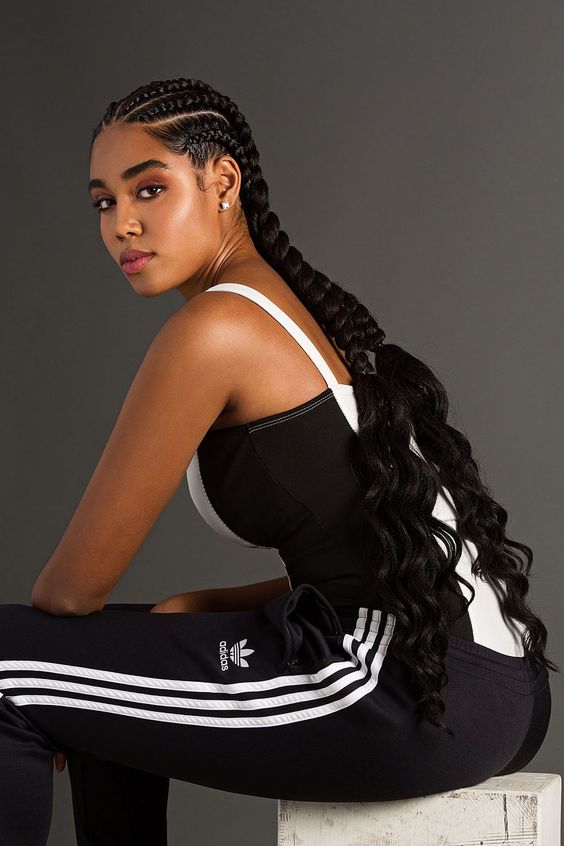
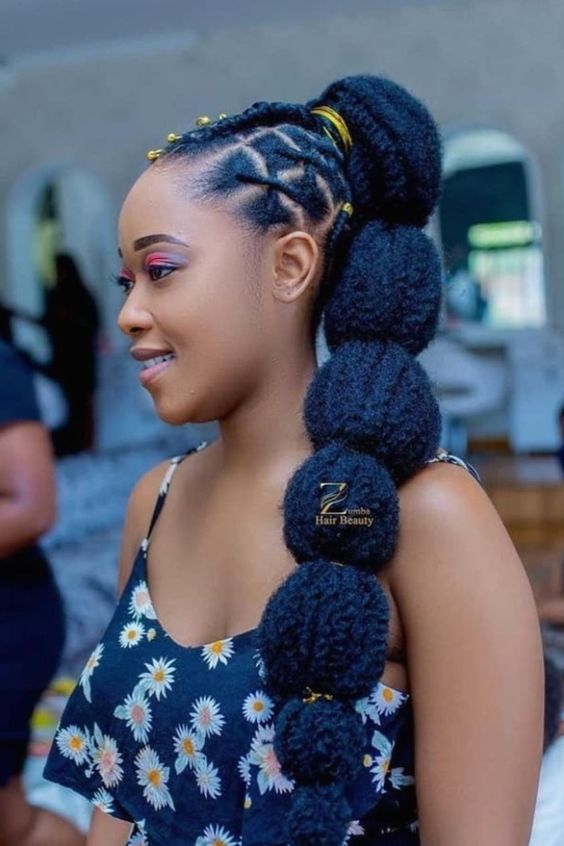
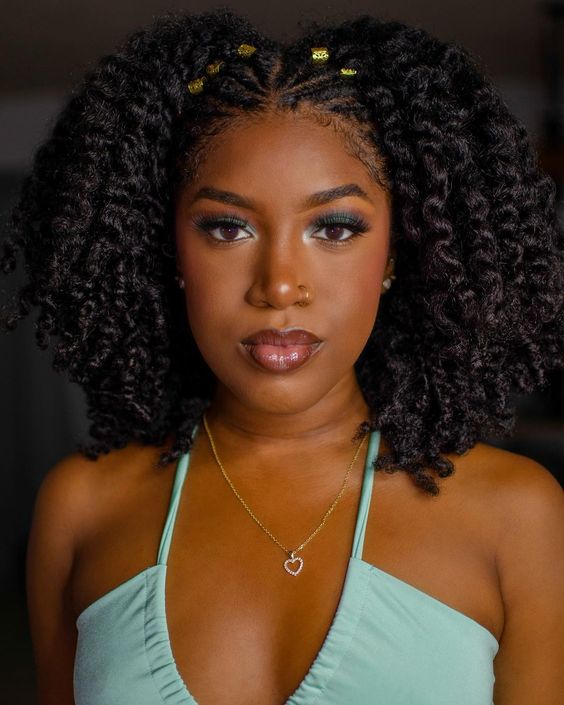
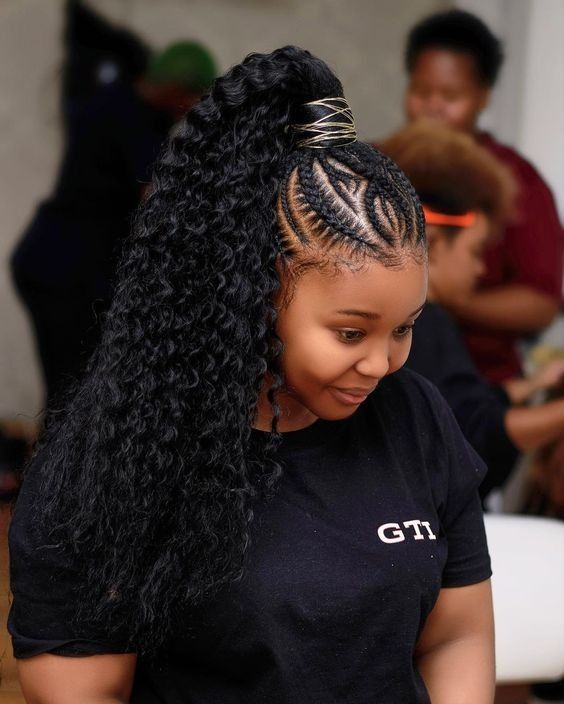
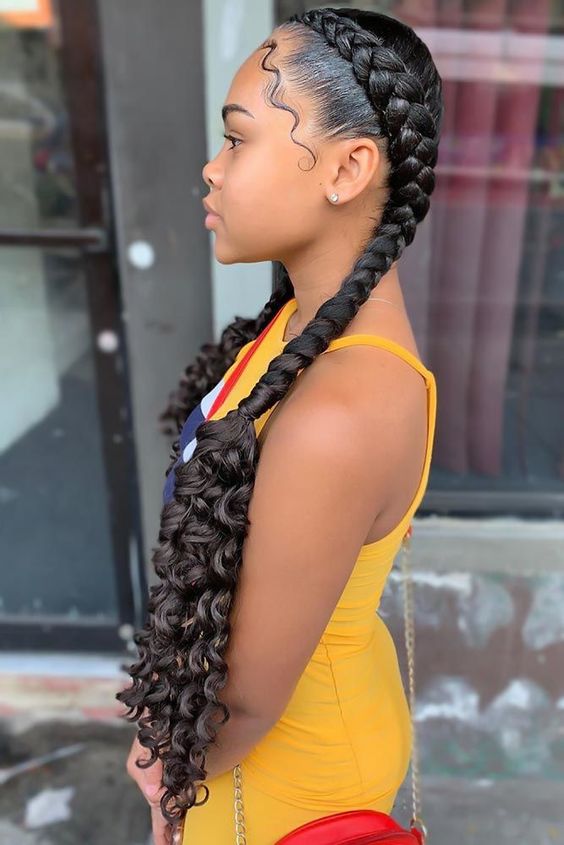
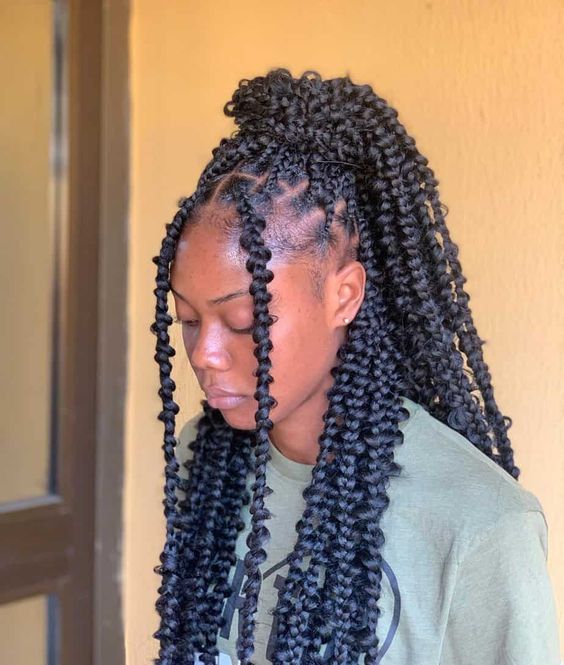
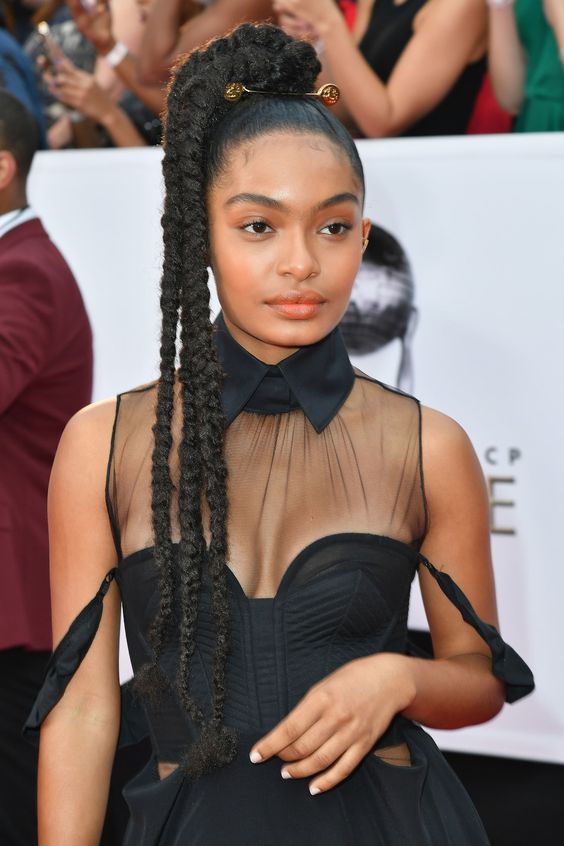
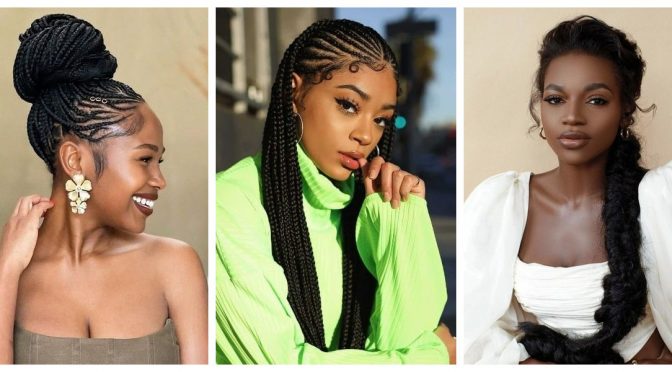
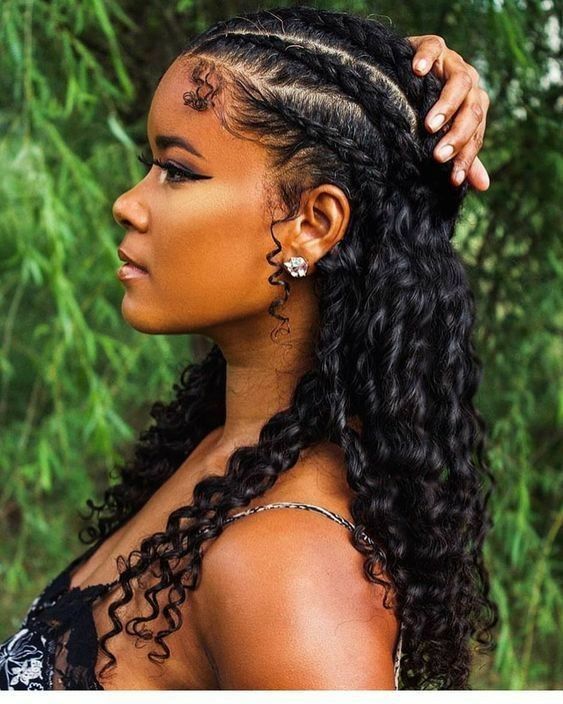 This cornrow
This cornrow 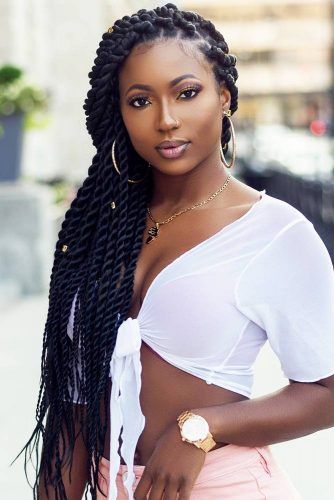
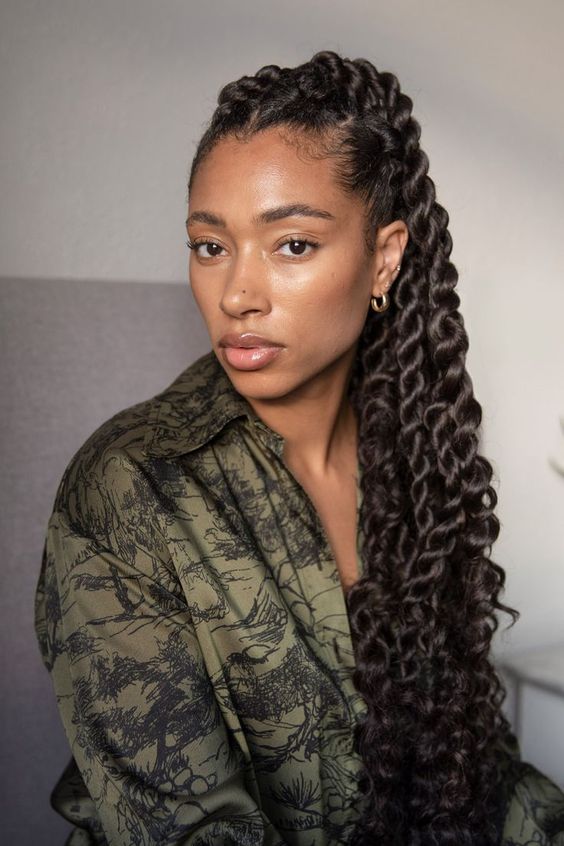 One
One 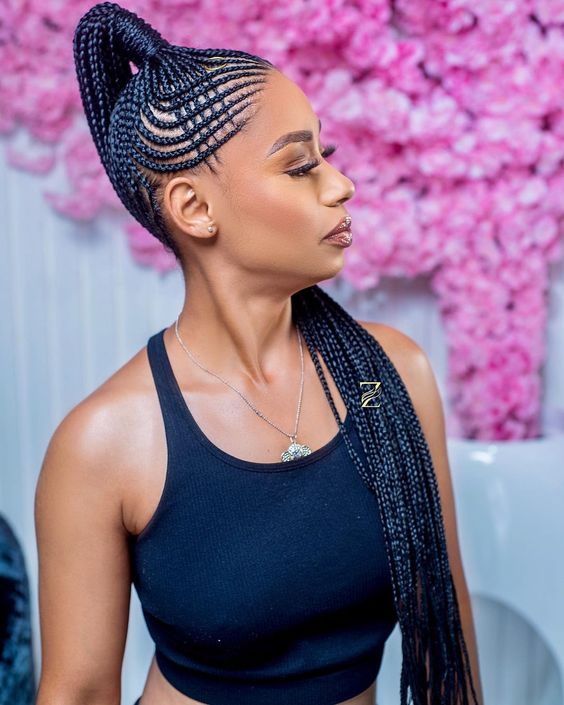 This not
This not 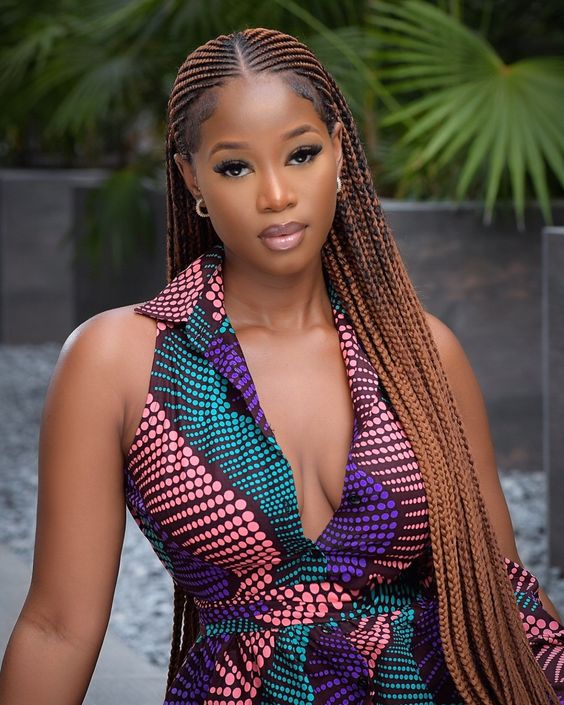 Why not
Why not 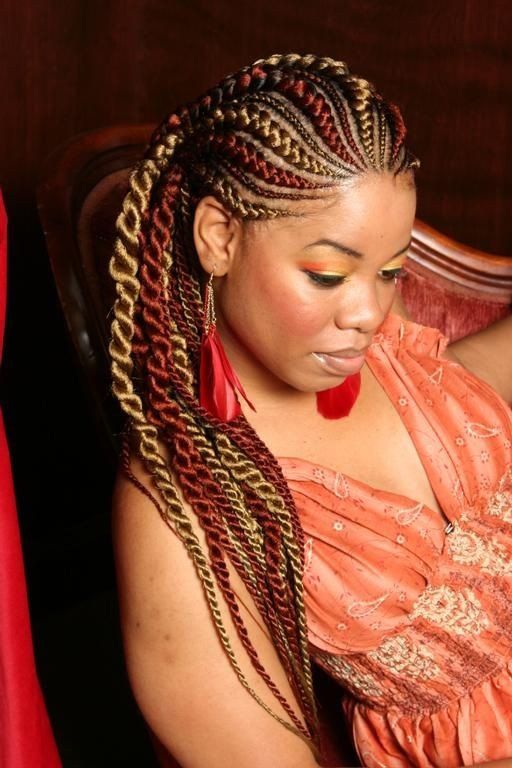 You can
You can 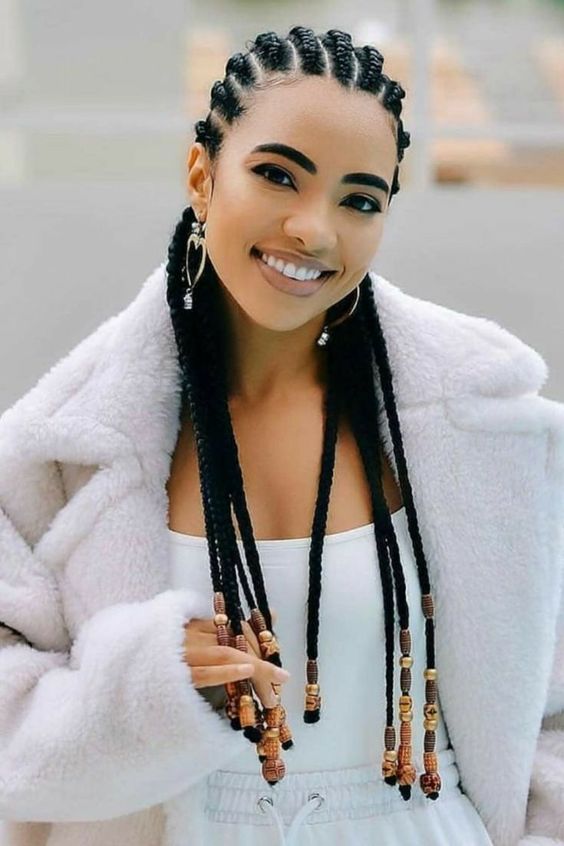
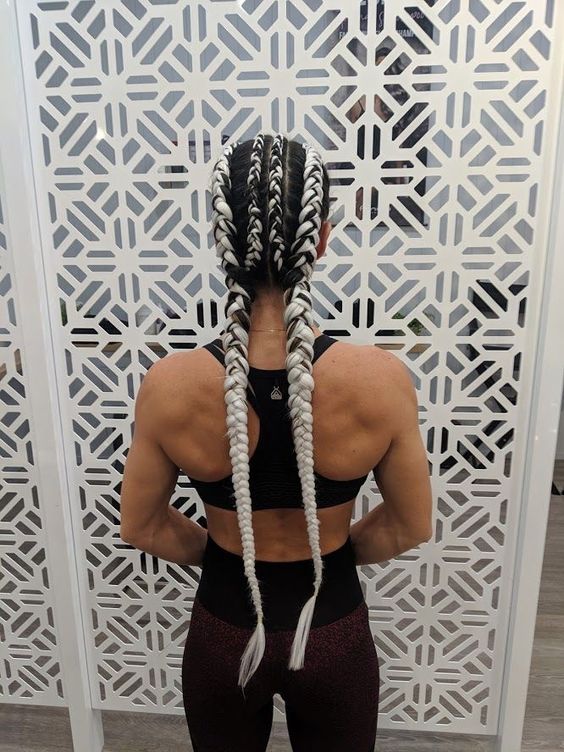 The
The 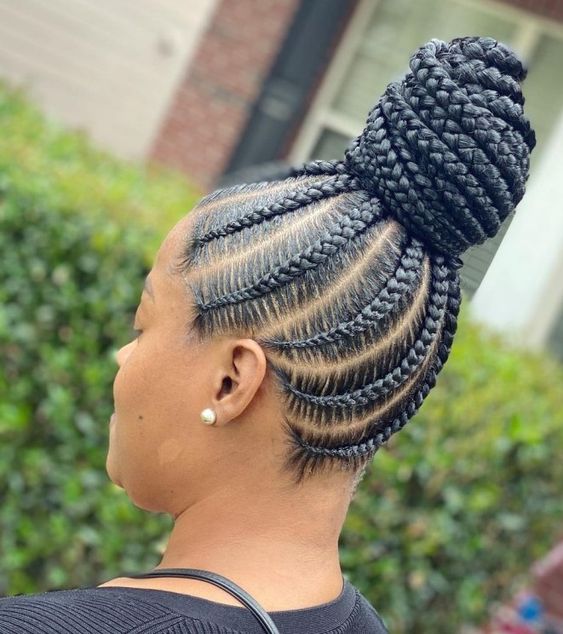
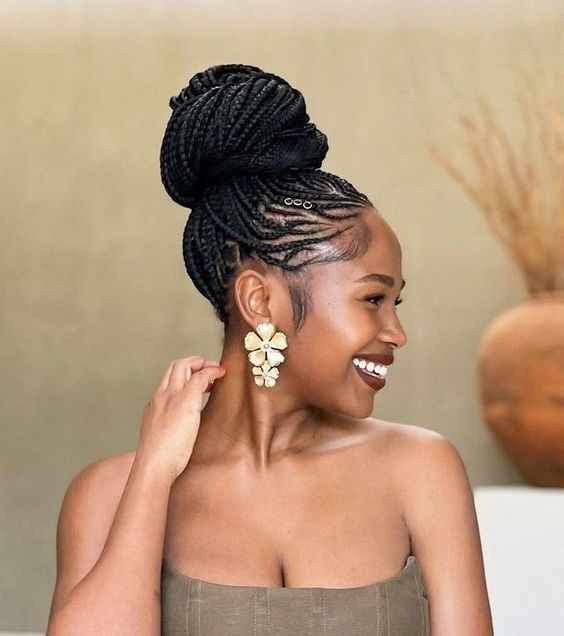
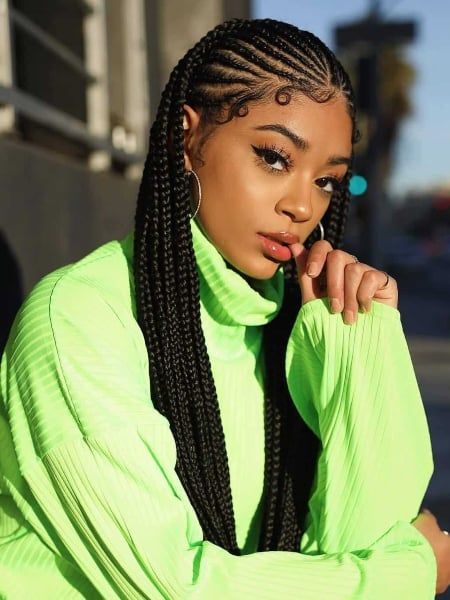
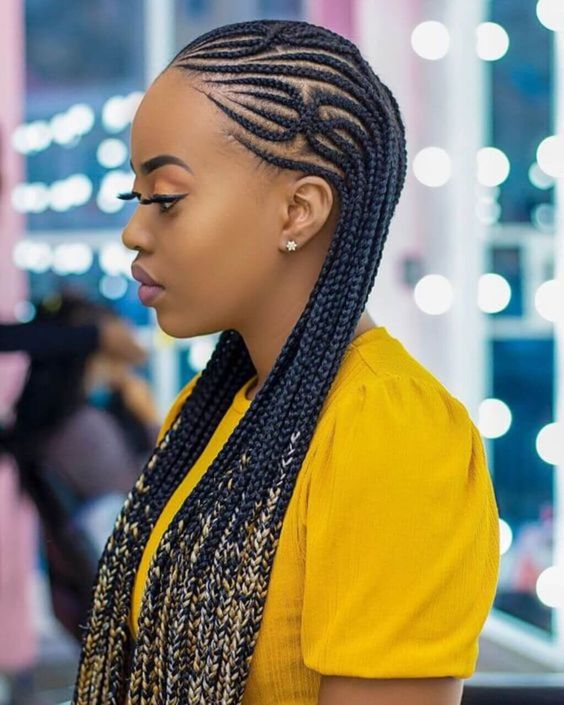
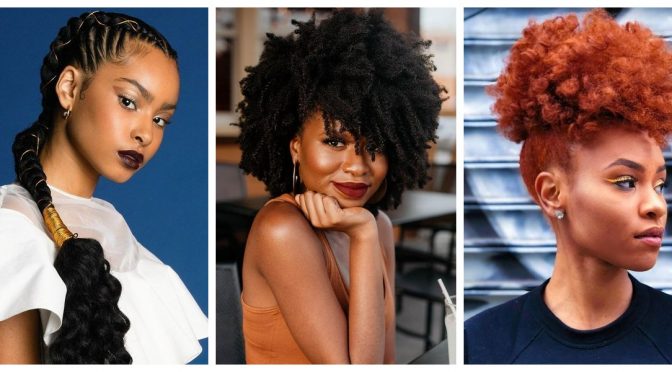
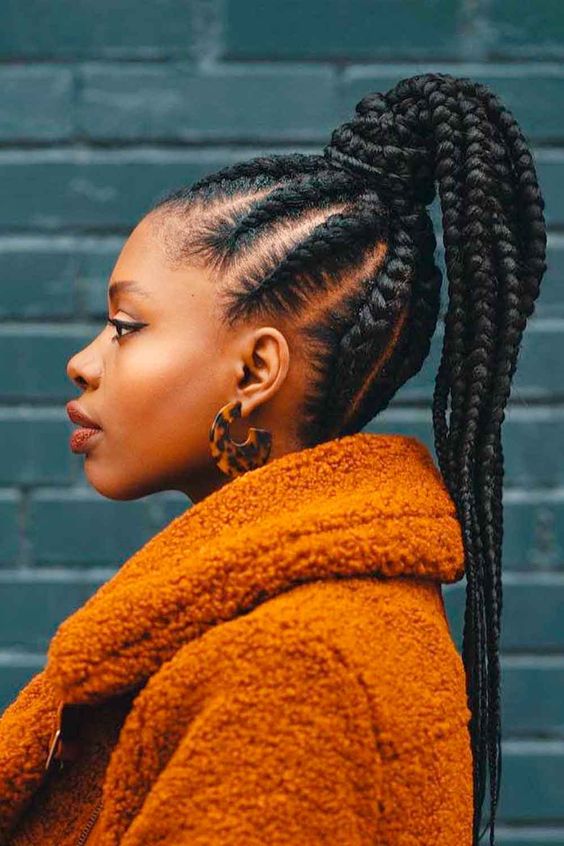
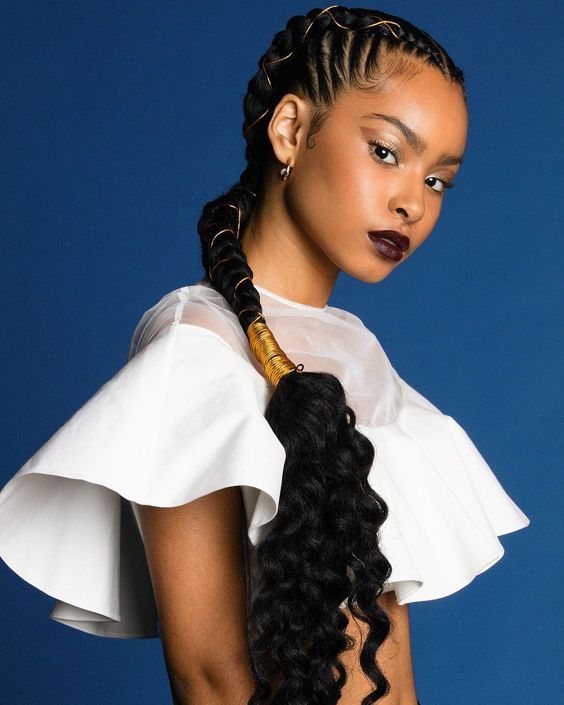
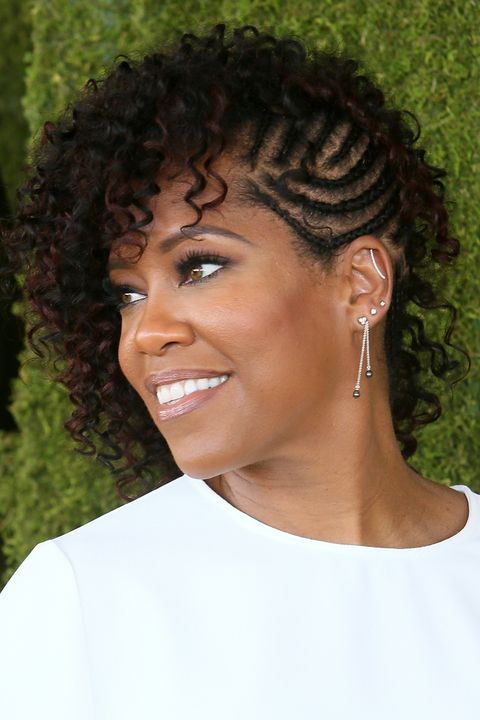
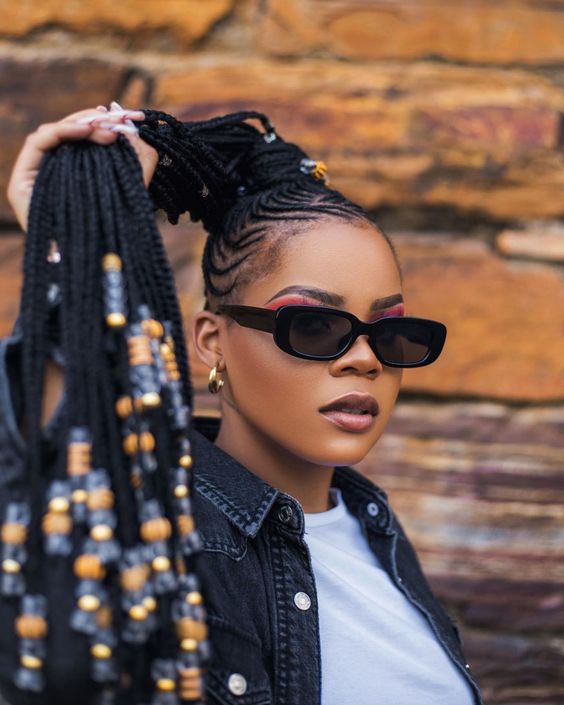
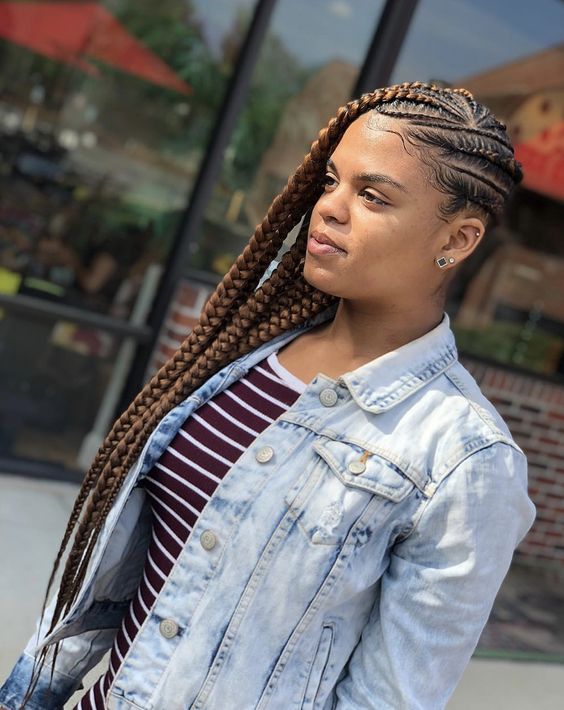
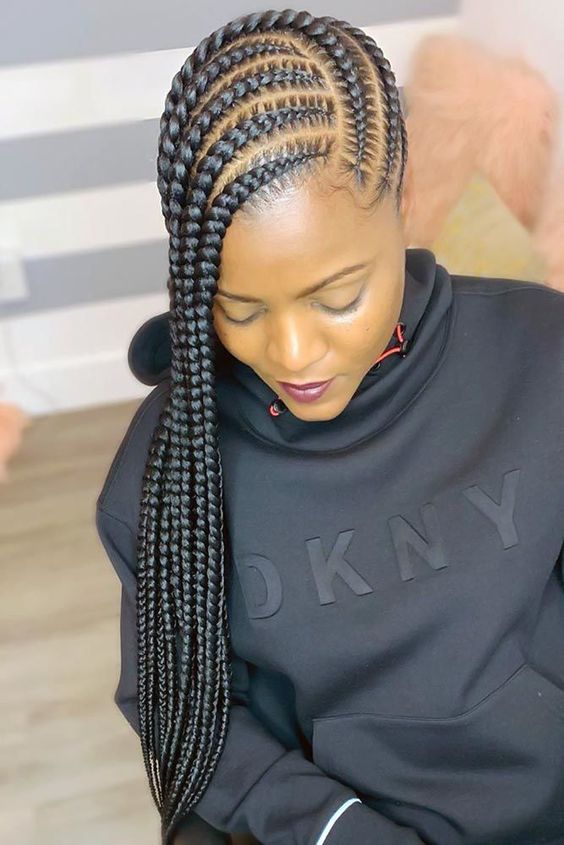
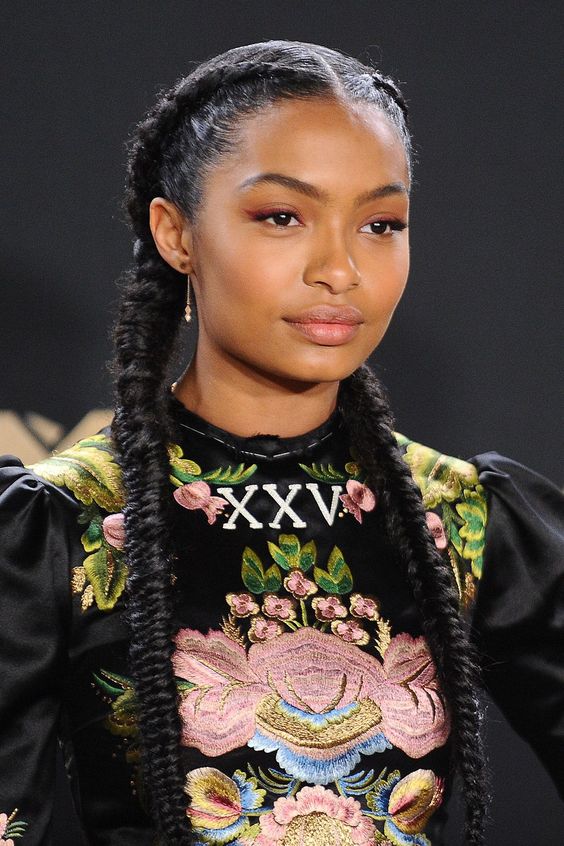 One of the most iconic cornrow looks is two
One of the most iconic cornrow looks is two 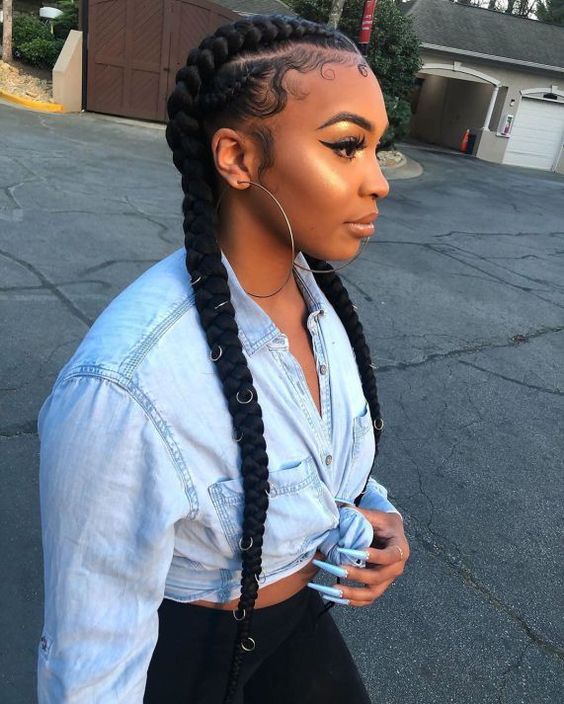 This
This 